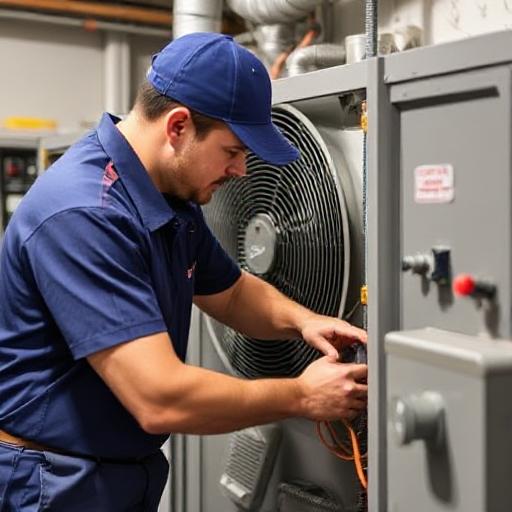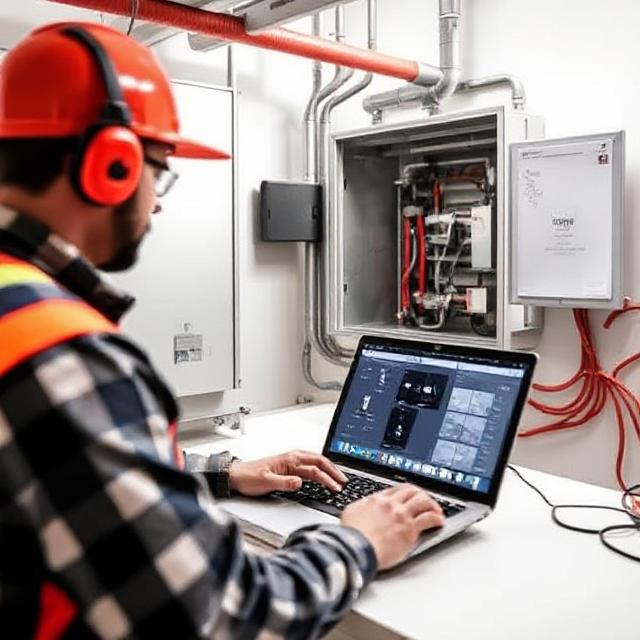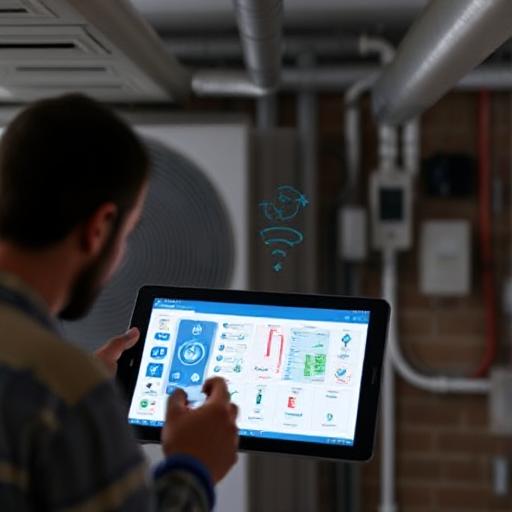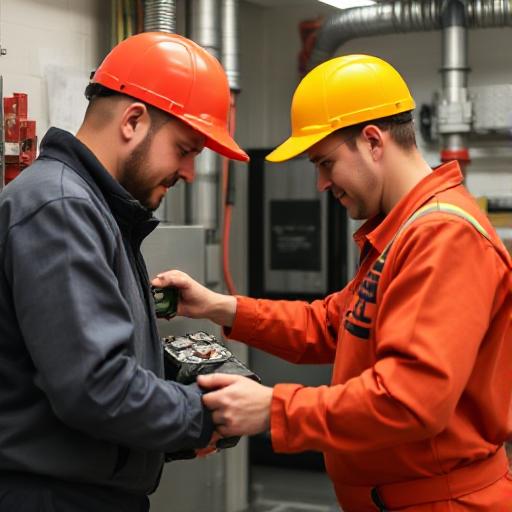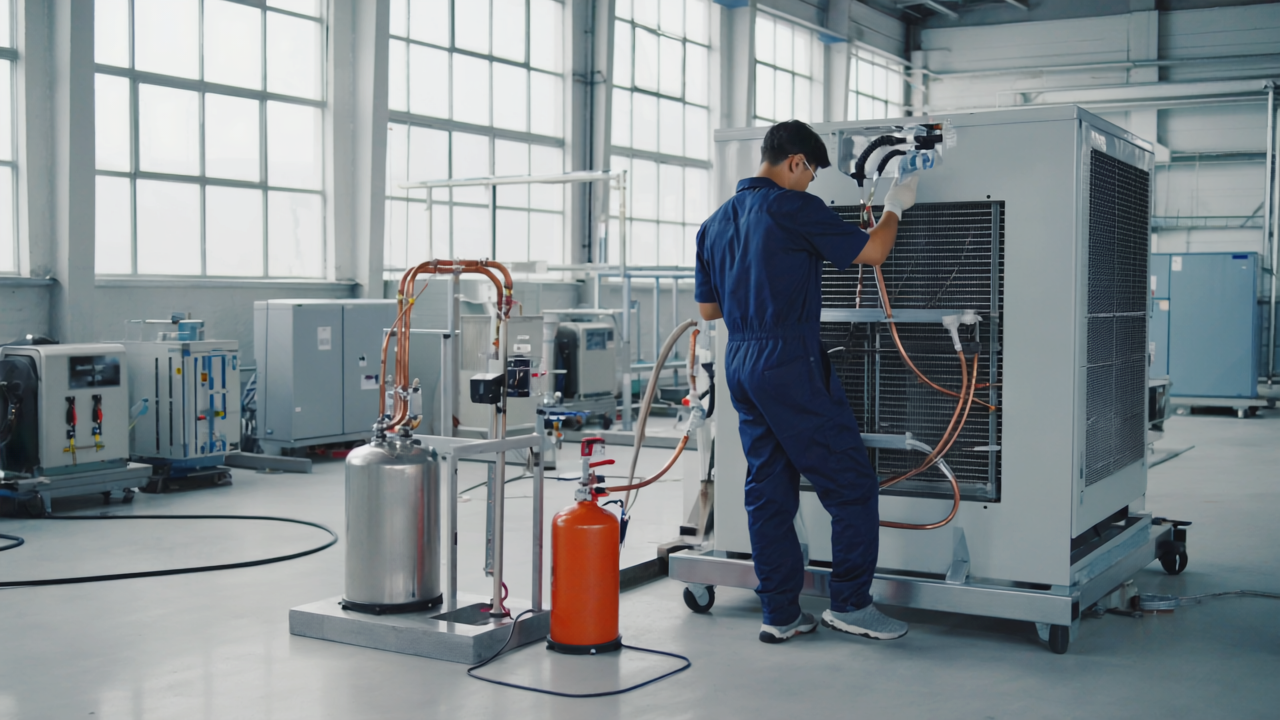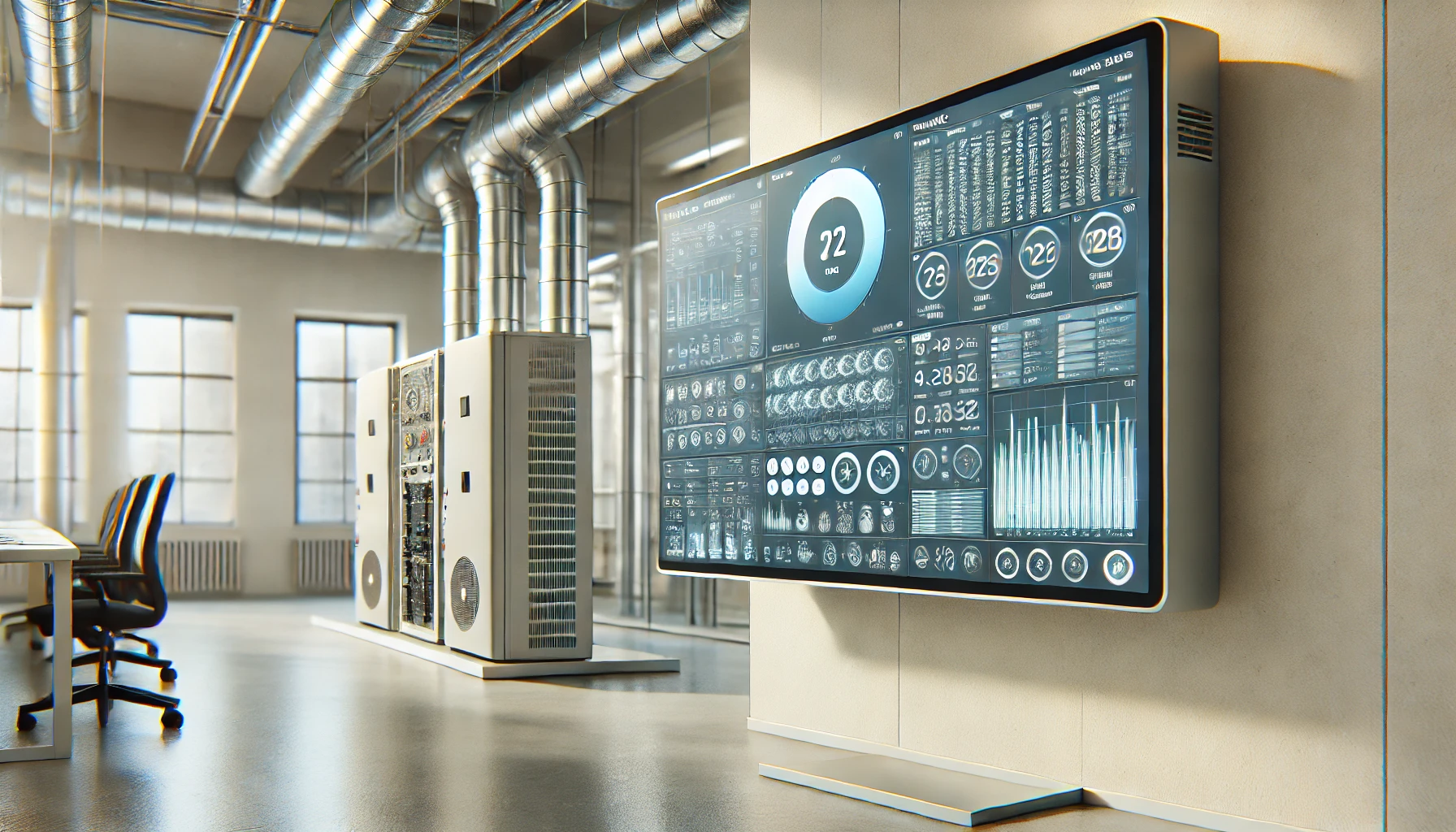Understanding and Reducing HVAC Employee Turnover Rates
Hey there, HVAC professionals! Have you ever found yourself constantly hiring and training new technicians, only to see them leave after a short stint? You’re not alone. The HVAC industry is grappling with a significant skilled labor shortage, and employee turnover is a major contributor to this challenge. But don’t worry, we’ve got some strategies to help you keep your team intact and your business thriving.
The Causes of HVAC Employee Turnover
Let’s dive into why so many skilled technicians are leaving their jobs. One major factor is the aging workforce. As experienced technicians retire, there’s a gap that needs filling, but the younger generation isn’t stepping in fast enough. Add to that the intense competition in the industry and a lack of robust retention strategies, and you’ve got a recipe for high turnover rates.
Effective Strategies for HVAC Workforce Retention
Now that we understand the problem, let’s talk solutions. Here are some strategies to help you retain your valuable employees:
- Ongoing Training: Offering continuous education and training opportunities can keep your team sharp and engaged.
- Competitive Compensation: Ensure your salary packages are attractive. With the median wage for HVAC technicians around $59,810 in 2024, staying competitive is crucial.
- Advanced Solutions: Utilize technology like programmable smart thermostats, such as the Ruud Econet 800 Series, to streamline service delivery and enhance job satisfaction.
Reducing the Cost of Turnover
Reducing turnover isn’t just about keeping your team happy; it’s also about saving money. Turnover rates of 25% or more can cost a 100-person HVAC company between $438,000 and $4 million annually. The expenses of recruiting, onboarding, and training new employees can be staggering. For instance, replacing a skilled technician can cost 100%–150% of their salary!
Conclusion: Taking Action on HVAC Employee Retention
In conclusion, by understanding the causes of HVAC employee turnover and implementing effective retention strategies, you can keep your team strong and your business successful. Remember, the cost of turnover is not just financial—it’s also about maintaining quality and customer satisfaction.
Ready to boost your HVAC employee satisfaction and retention? Start implementing these strategies today!
FAQs on HVAC Employee Turnover
What are the main causes of HVAC employee turnover?
The main causes include an aging workforce, insufficient training, and intense industry competition.
How can I reduce turnover in my HVAC company?
Invest in ongoing training, offer competitive compensation, and use advanced technological solutions to streamline operations.
What is the cost of replacing an HVAC technician?
The cost can be up to 100%–150% of their salary, which includes recruiting, onboarding, and training expenses.
How does turnover affect my HVAC business?
High turnover rates can lead to significant financial losses, affect repair times, job quality, and customer satisfaction.
What is the projected demand for HVAC jobs?
The demand remains strong, with 40,100 new jobs expected by 2033, indicating a growing industry need.
For more insights and strategies on lowering turnover in the HVAC industry, visit our blog.


